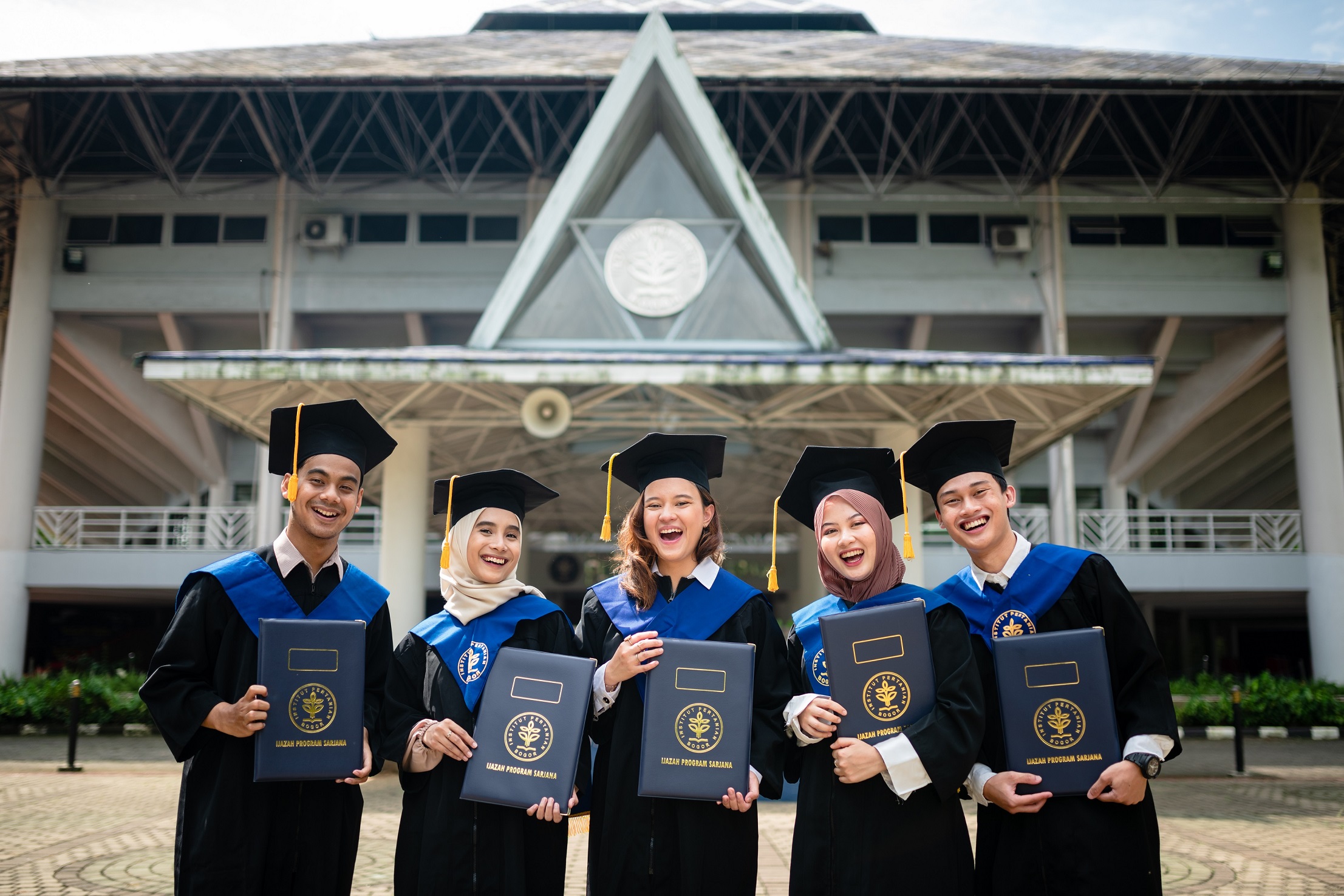Insects as a Protein Source for Free Nutritious Meals? This is what IPB University Entomology Expert Says

Last January, Chief of the National Nutrition Agency (BGN) Dr Dadan Hindayana proposed the use of insects as one of the menus in the Free Nutritious Meal (MBG) program. This statement triggered various responses from various parties.
In response, IPB University researcher in the field of entomology, Prof Purnama Hidayat, said that insects can indeed be an alternative source of protein, especially for people who experience malnutrition. However, he continued, insect consumption is more suitable for groups of people who are already accustomed to consuming them.
“Insects can be included in the MBG program, but for people who are used to consuming them. For example, in some areas of eastern Indonesia, sago worms are commonly consumed because they are easily available,” explained Prof Purnama, who is also a lecturer at the Department of Plant Protection, IPB University.
He pointed out that in several countries such as Thailand, Vietnam, and China, insects have become part of daily consumption. While in Indonesia, some regions also recognize insects as food, such as fried grasshoppers in Gunung Kidul, teak cocoons in Central and East Java, bee larvae pepes (botok tawon) in East Java, and others.
However, according to him, not all people are willing and suitable to consume insects. For example, coastal communities find it easier to get protein sources (fish and others) from the sea, so insects are not their main choice.
“So, insects can indeed be an alternative protein, but it is suitable for people who want to eat it and in certain areas that support its availability,” he said.
In terms of nutritional content, Prof Purnama explained that according to many research results, insects have high protein. He also revealed that the taste of grasshoppers and crickets is similar to the taste of shrimp because they are both gnats and are still closely related evolutionarily.
“The Food and Agriculture Organization (FAO) states that edible insects contain high-quality protein, vitamins, and amino acids that are beneficial for humans,” he said.
On the other hand, insects are also considered protein source animals that are more efficient in producing them.
“Insects have a high feed conversion rate, for example crickets require six times less feed than cattle, four times less than sheep, and twice less than pigs and broiler chickens to produce the same amount of protein. In addition, insects produce less greenhouse gases and ammonia than conventional livestock,” he says.
However, he realizes that many people are still reluctant to eat insects because they are not used to them.
“People used to find it strange when drinking water was sold in bottles, but now it has become a habit. The same thing can happen with insects. Maybe one day, when protein sources are getting harder to come by, insects will be the first choice,” he adds.
According to edibleinsects.com, insects contain complete animal protein that includes all nine essential amino acids. Crickets, grasshoppers and silkworms even have three times more antioxidants than orange juice. In addition, the vitamin B12 content in crickets is three times that of salmon. (Lp) (IAAS/RUM)



